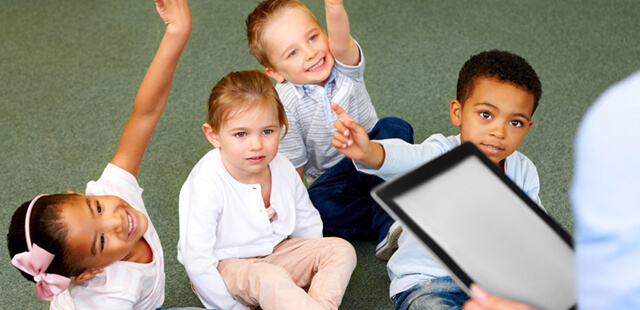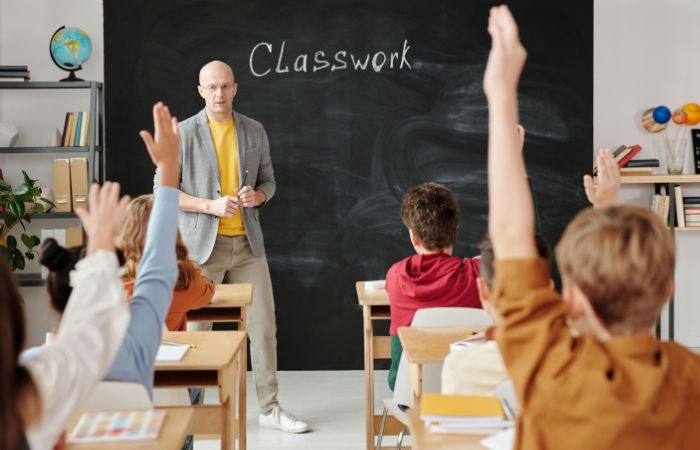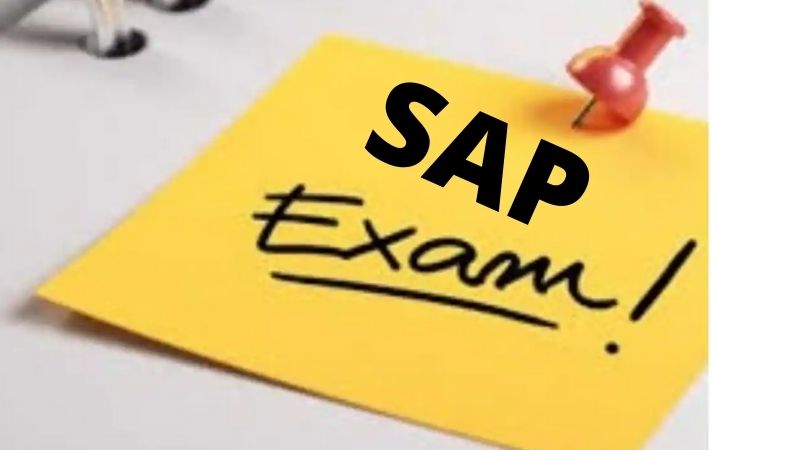In Australia, preschool programs only accept kids if they are already four years old before the first day of school. However, in some states, three-year-olds can enrol in preschool.
However, some institutions offer early childhood education programs to kids who are two years old and younger. While the programs sound tempting, parents are naturally worried about the benefits and the fact that they might be putting too much pressure on their children.
Do their fears have a basis?
To be clear, putting too much pressure on your kid to be an overachiever can be counterproductive. Even if you just want to help them become the best version of themselves, pressure can lead to stress and anxiety.
But early childhood education programs, such as Shichida, are tailored to teach skills and knowledge to kids that are in line with their capabilities and age. The traditional thinking is that kids developed their focus at around three or four years of age. It is the stage when they can take their attention away from what they are doing and listen to the teacher’s instruction.
Let Kids be Kids
Even if the kids are at the right preschool age, some parents hesitate to send their children to school. They follow the mantra, “let kids be kids,” and are quick to find some signs (even excuses) that their children are not ready with structured learning.
For instance, do you know that babies are already learning even when they are still in the womb?
According to a University of Washington study, babies can already soak in the language that mothers speak even before they are born.
Some programs, like Shichida, already accept kids as early as six months old. Why not earlier if unborn babies can supposedly learn in the womb? The reason is that babies still need to develop their eyesight. At six months old, they can already follow what is being shown to them in the classroom.
Learning is Fun
Kids learn faster when they are having fun. As a parent, you witness it yourself as they interact with the world around them. You marvel at their ability to pick up a new language, for instance, without any kind of effort.
It is the same approach that Shichida takes when teaching kids and helping them develop their skills to prepare them later in life. In recent years, the approach has come to be known as right-brain teaching, which works just like it sounds.
The program triggers the brain’s right hemisphere, which governs creativity, imagination, and emotions. Unknowingly, traditional education systems focus more on the left-brain functions, which produces methodical and analytical.
But history has shown that the most innovative thinkers are right-dominant, including Leonardo da Vinci, Thomas Edison, Albert Einstein, and Mozart. They approach a problem differently and find out-of-the-box solutions where others have failed.
From six months old, your child will be exposed to different skills and activities appropriate for their learning capacity. The pace would be different for each child because some would learn faster than others. The skills and topics will gradually increase and the kid will be able to develop a growth mindset from an early age to keep pace with their brain’s development.
More than anything, all the lessons and topics are cloaked in fun activities that would make your child forget they are in school. And since the class is only once a week, your child will look forward to the change in pace in their daily routine. The pressure would be furthest from their minds.




